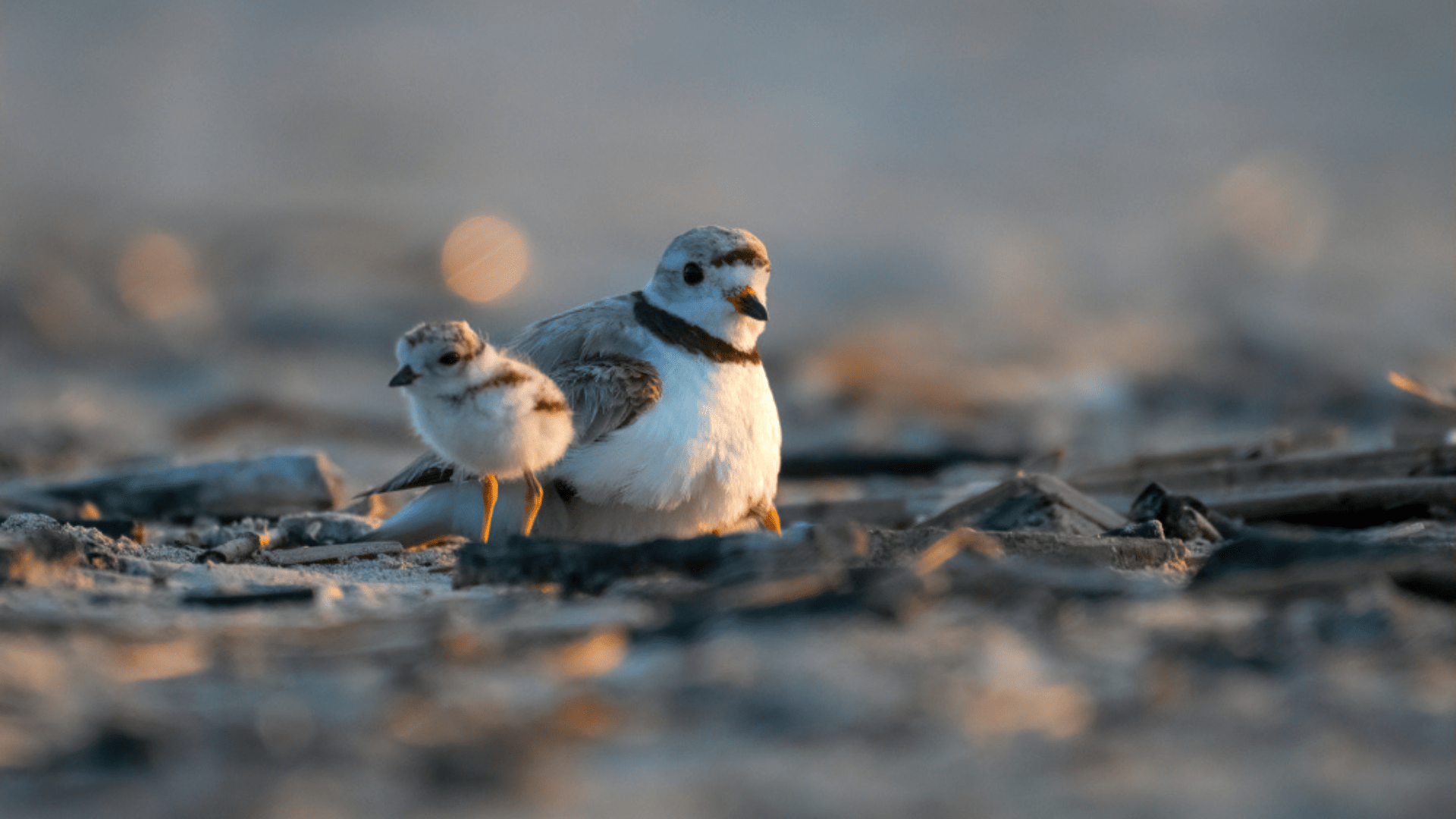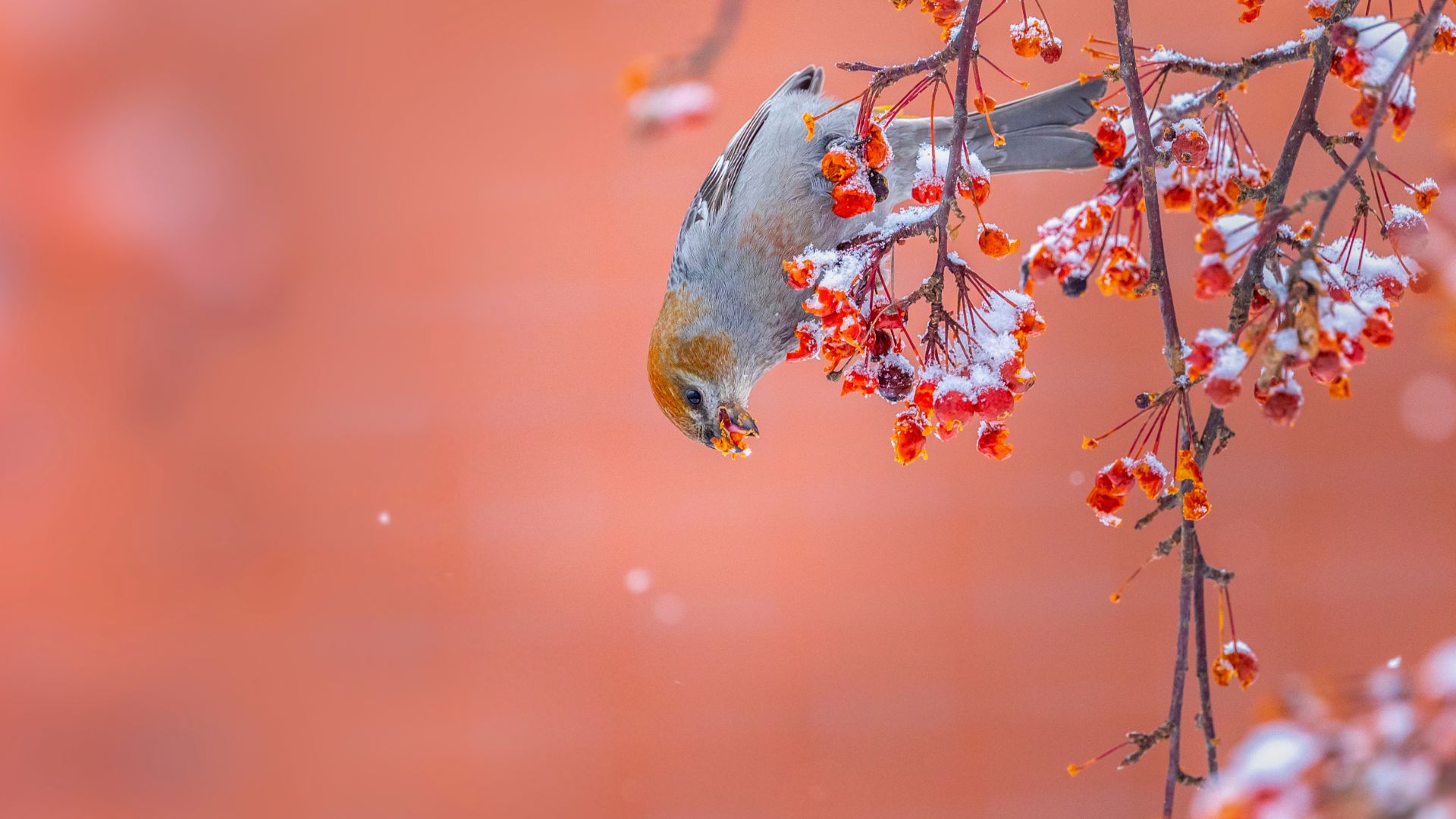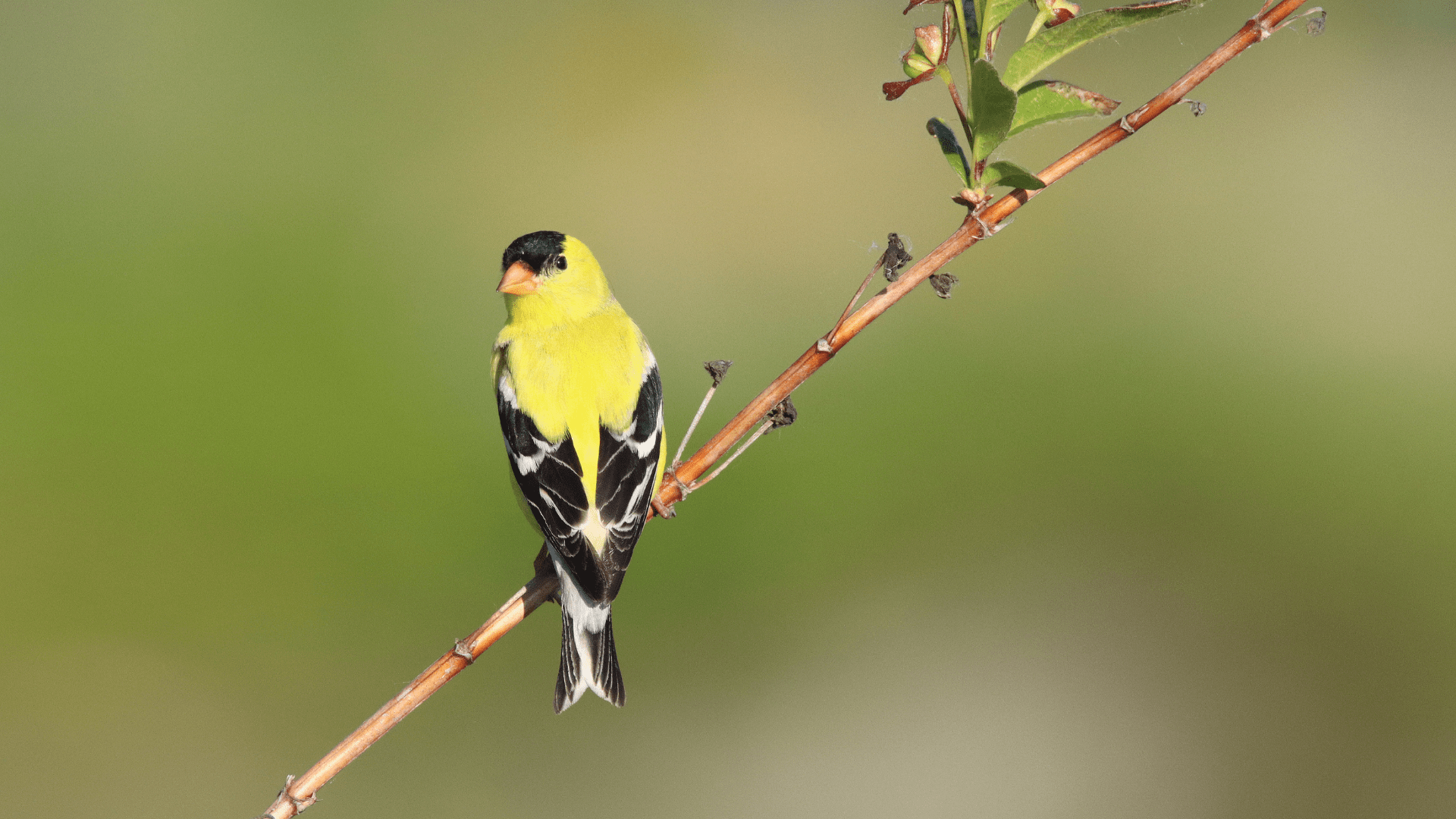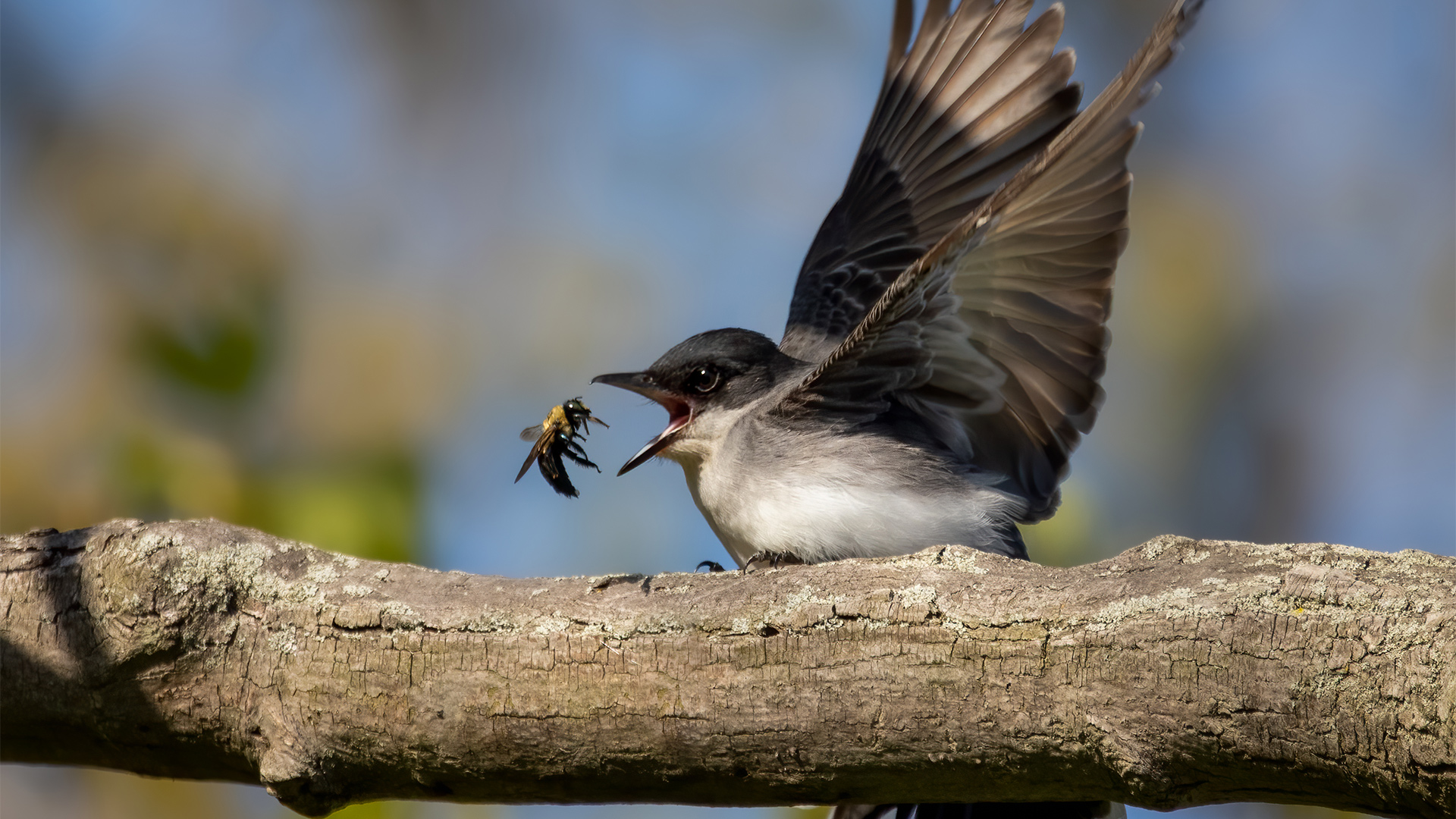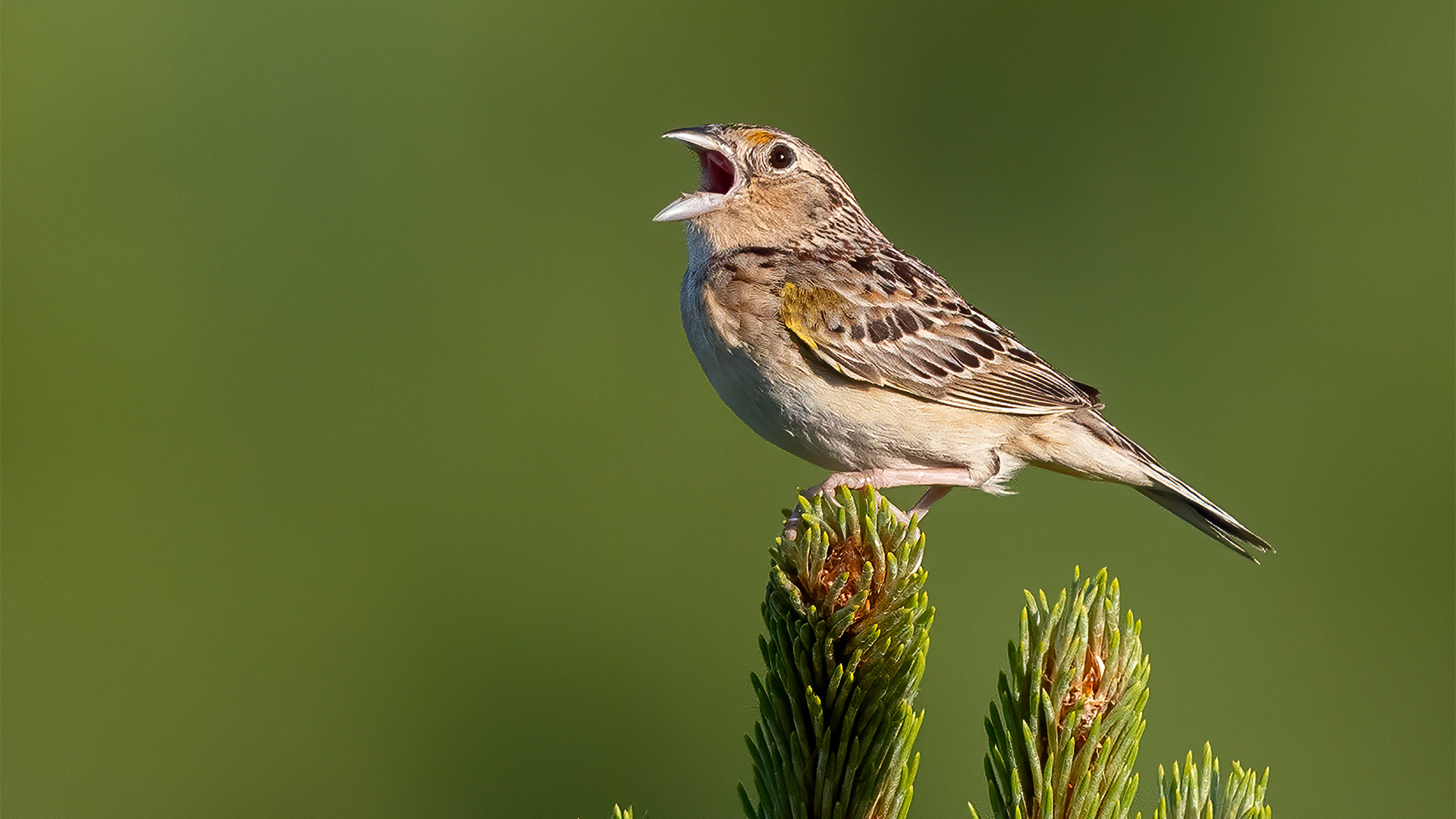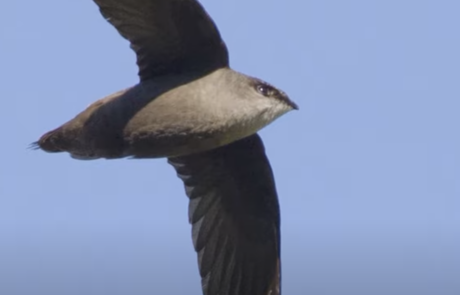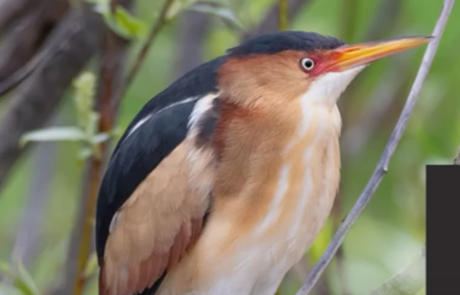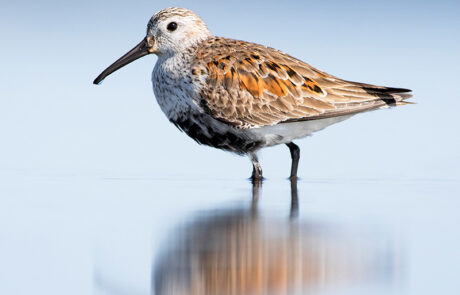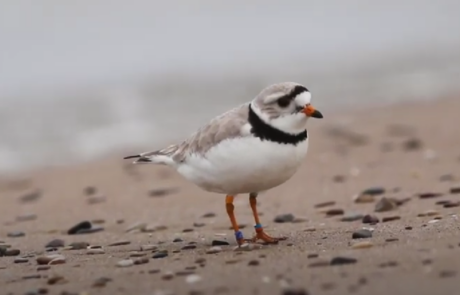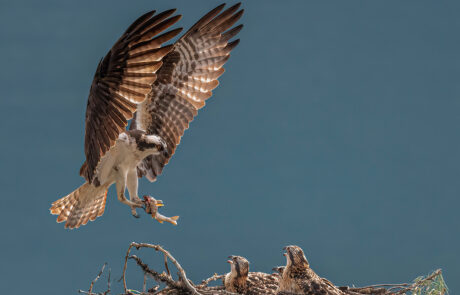Welcome to Identifying Birds in Canada: Common Winter Species. In this course you’ll learn how to identify 28 of Canada’s most common bird species that are observed in the winter months, from November to April.
You will learn tips to differentiate between birds like the Downy and Hairy Woodpecker and the Bohemian and Cedar Waxwing. You’ll also learn about some of our most recognizable species like the Blue Jay and Northern Cardinal.
The birds featured in this course will range from species that can be seen in all provinces and territories like the American Robin, to species that are observed in only specific parts of the country, like the Steller’s Jay. You’ll also gain some basic tips on where to look for each species, and the type of feeder food that might attract them.
Although this course is designed for beginners, you are expected to have some basic knowledge of how to identify birds by size, shape, behaviour and colour. If you are brand new to the world of bird identification, please consider taking Birding for Beginners first.
The course will take approximately 2-3 hours to complete, but there is no time limit. Feel free to work through the materials on a schedule that works for you! You’ll receive a certificate of achievement when you’ve completed the course.
Click “Take this Course” to join the course, and then “Start / Resume Course” to begin.
Birds featured in this course: American Robin, House Sparrow, European Starling, Rock Pigeon, Mourning Dove, Eurasian-collared Dove, Northern Cardinal, Anna’s Hummingbird, American Crow, Common Raven, Black-billed Magpie, Blue Jay, Steller’s Jay, Canada Jay, Common Grackle, Red-winged Blackbird, Downy Woodpecker, Hairy Woodpecker, Cedar Waxwing, Bohemian Waxwing, Northern Flicker, Pileated Woodpecker, Black-capped Chickadee, Boreal Chickadee, Mountain Chickadee, Chestnut-backed Chickadee, Red-breasted Nuthatch, White-breasted Nuthatch.
Resources mentioned throughout the course.
Citizen Science programs to practice your skills:
- Great Backyard Bird Count: An annual four day event in February. Monitor birds for as little as 15 minutes. It’s easy to participate, and you do not need a backyard.
- Christmas Bird Count: Runs from December 14th to January 5th each year. If you’re new to birding, we recommend asking the Compiler to pair you with someone more experienced.
- Project FeederWatch: Runs from November 1st to April 30th each year, and is a great way to become familiar with your local birds, and see how the species change throughout the winter months.
It’s never been easier to get into birding. Here is a list of some of our favourite resources:
- Local Libraries: Great places to borrow bird guides, and some libraries even have binoculars to borrow! Ask your library if they have a Binocular Kit program.
- NatureCounts, Species Accounts: The maps provided in this course are all available at this website. Search for the species of interest, and select “Distribution” to see a detailed and interactive map.
- Merlin Bird ID: A free bird guide app, great for beginners.
- Gardening for Birds: Learn how to create habitat in your yard or garden to attract birds.
- All About Birds: This is a really useful website to learn more about each species that was covered in this course, and many more!
- Birds in Your Region: Simply put your location and date into this map of Canada, and receive a free list of the birds you are most likely to see.
- Learn more about keeping birds safe at feeders.


